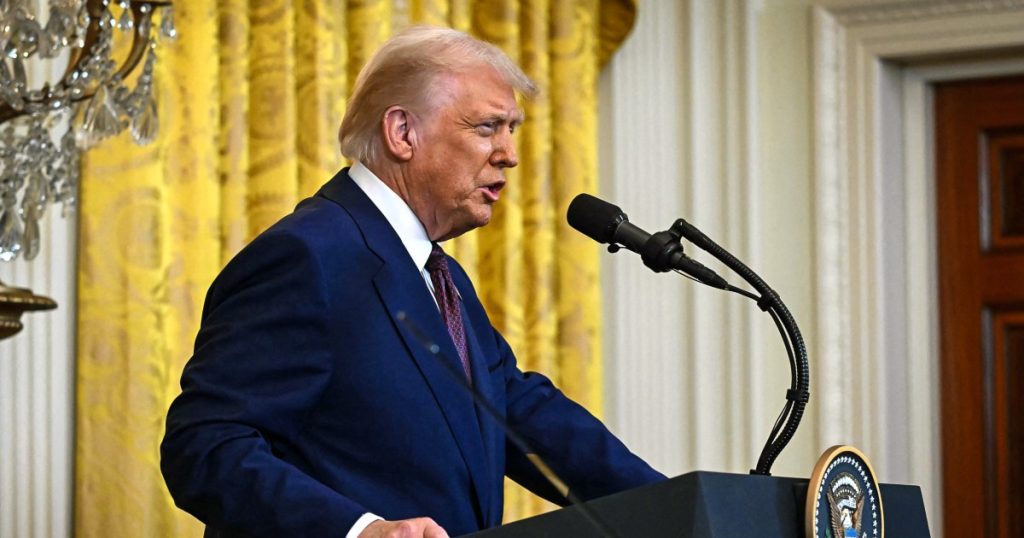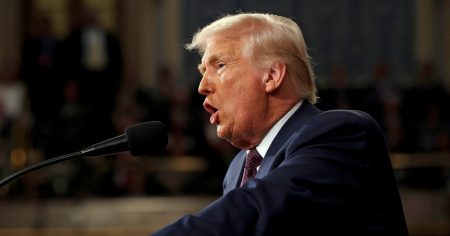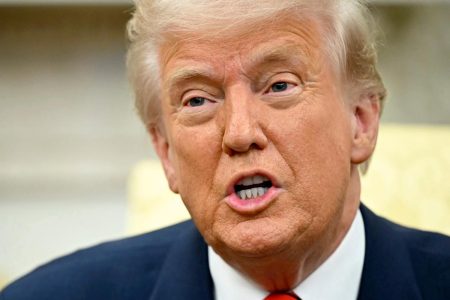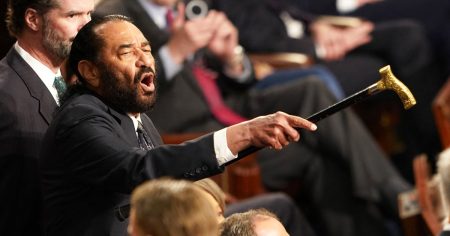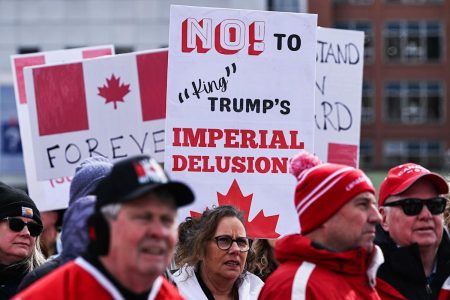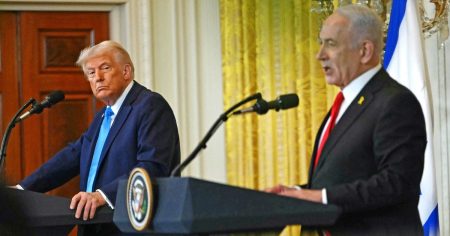Mass Firings of Federal Workers Under the Trump Administration: A Comprehensive Overview
On Thursday, the Trump administration launched a significant purge of federal workers, targeting employees still in their probationary period. According to sources familiar with the matter, officials from the Office of Personnel Management (OPM) met with agency leaders to instruct them on the dismissal of these employees. The move has sparked widespread concern, as hundreds of thousands of federal workers could be affected. While the exact number of terminations remains unclear, the data from the OPM suggests that the impact could be substantial. This latest development has drawn sharp criticism from federal worker unions, who argue that the firings are politically motivated rather than based on performance.
The probationary period for federal employees typically lasts one to two years, during which time workers are still earning their full civil service protections. An OPM spokesperson defended the administration’s actions, stating that the probationary period is not a guarantee of permanent employment but rather a continuation of the hiring process. The spokesperson emphasized that the dismissals are part of a broader effort to restructure and streamline the federal government, aligning with President Trump’s goals of improving efficiency and service to the American people. Agencies, the spokesperson noted, are acting independently in response to the recent hiring freeze and in support of the administration’s initiatives.
However, the American Federation of Government Employees (AFGE), the largest union representing federal workers, has forcefully denounced the move. AFGE President Everett Kelley accused the administration of abusing the probationary period to carry out a politically driven mass firing spree. Kelley argued that the firings are not based on performance issues but rather on the fact that the targeted employees were hired before Trump took office. He characterized the dismissals as an attempt to consolidate power, silence workers, and force federal agencies to conform to a radical agenda that prioritizes political loyalty over competence. "These firings are about power," Kelley declared. "They are about gutting the federal government, silencing workers, and forcing agencies into submission to a radical agenda that prioritizes cronyism over competence."
The full extent of the firings remains unclear, but several federal agencies have already begun taking action. The Department of Veterans Affairs (VA) announced on Thursday that it would dismiss more than 1,000 employees, including some probationary workers. The VA emphasized that the majority of its probationary employees—over 43,000 in total—would not be affected, as they occupy mission-critical roles or are protected under collective bargaining agreements. Similarly, the Department of Education began terminating dozens of probationary employees on Wednesday, while senior managers at the Department of Housing and Urban Development (HUD) were informed of impending cuts during meetings. HUD employees reportedly were told to expect up to a 50% reduction in the agency’s workforce. The U.S. Forest Service is also planning to terminate at least 3,400 employees, according to Dennis Lapcewich, a representative of the National Federation of Federal Employees.
The mass firings come on the heels of other significant workforce reductions across the federal government. Earlier this week, an OPM spokesperson revealed that approximately 75,000 federal employees had accepted a "deferred resignation" offer, allowing them to leave their roles but continue receiving pay through September. While NBC News could not independently verify the exact number, this figure suggests that the administration is aggressively scaling back its workforce. In recent weeks, the Trump administration has also targeted other federal agencies, including the U.S. Agency for International Development (USAID) and the Consumer Financial Protection Bureau (CFPB). Thousands of USAID contractors were fired or placed on leave earlier this month, while the CFPB has faced similar cuts. Additionally, Elon Musk’s Department of Government Efficiency, a new initiative aimed at reducing what the administration describes as wasteful spending, has promised to further slash the federal workforce.
The firings are part of a larger effort by the Trump administration to reshape the federal government in its image. On the first day of his second term, President Trump instituted a hiring freeze, barring agencies from filling vacant positions or creating new ones in most cases. While the freeze has faced legal challenges—including a federal court ruling that temporarily halted the funding freeze for certain agencies—it has already had a significant impact on federal operations. The administration’s actions have drawn fierce criticism from federal worker unions, who argue that the firings and hiring freeze are part of a broader assault on the federal workforce. As the situation continues to unfold, it remains to be seen how these changes will affect the government’s ability to serve the American people and the long-term implications for federal employees.
In conclusion, the Trump administration’s decision to dismiss thousands of federal workers on probationary status has sparked widespread controversy and concern. Critics argue that the firings are politically motivated and designed to consolidate power rather than address performance issues. As the federal workforce continues to face uncertainty, the administration’s efforts to restructure and streamline government operations will likely remain a contentious issue in the months ahead.


